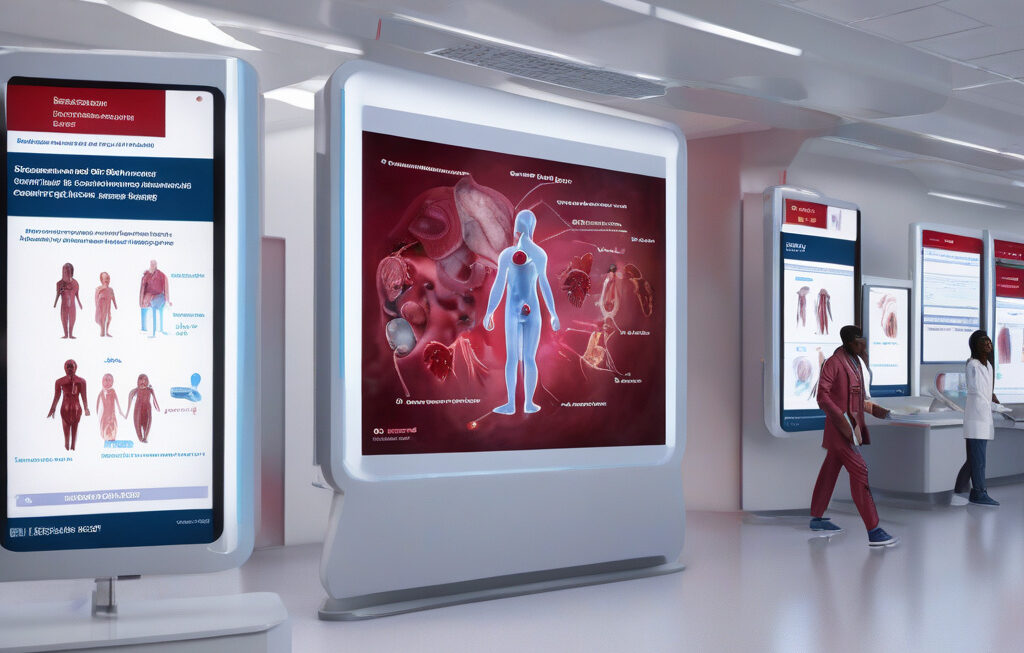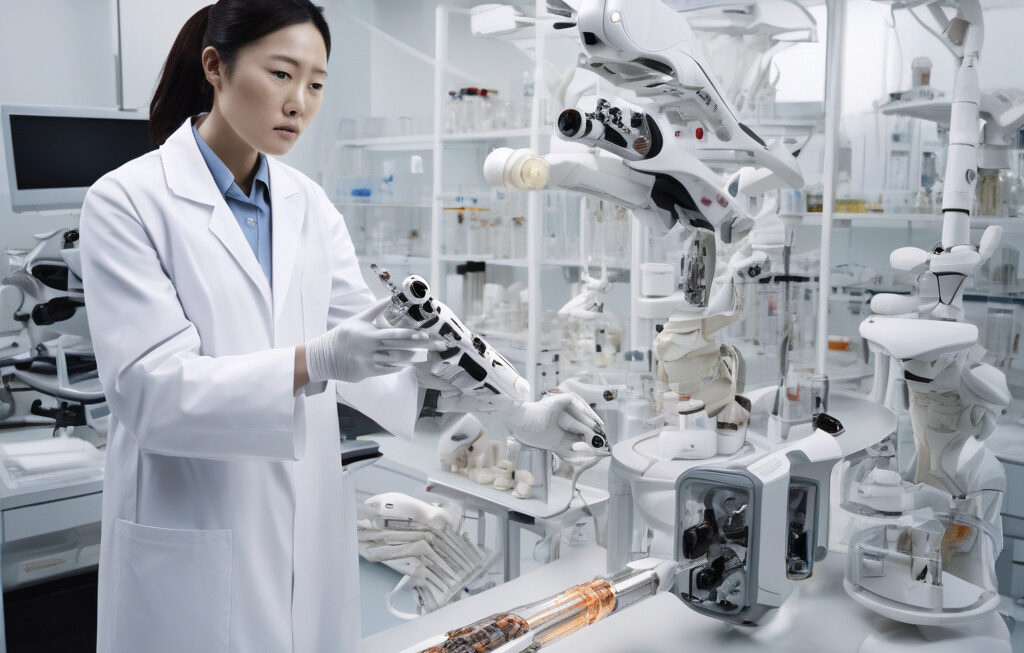World-first 3D Placentas Print Early Tissue, Test Drugs, and Reveal Pregnancy Risks
Scientists have 3D bioprinted miniature placentas, opening new ways to study pregnancy complications. The breakthrough in 3D printing technology has enabled researchers to replicate the complex structures of the placenta, allowing for more accurate testing of drugs and understanding of potential risks during pregnancy.
The placenta plays a vital role in supporting the growth and development of the fetus during pregnancy. However, studying the placenta has always been a challenge due to its intricate structure and the ethical concerns surrounding human testing. With the development of 3D bioprinting, scientists can now create realistic placenta models that mimic the functions of the organ, providing a unique opportunity to investigate various aspects of pregnancy.
One of the most significant advantages of 3D bioprinted placenta models is the ability to test drugs and treatments in a controlled environment. Researchers can now expose the 3D printed placenta to different substances and study how they affect the organ’s function. This capability has the potential to revolutionize drug testing during pregnancy, as it allows for a more accurate assessment of the potential risks and benefits of medications for both the mother and the developing fetus.
Moreover, 3D bioprinted placenta models can help researchers better understand pregnancy complications and identify potential warning signs early on. By studying how certain conditions impact the placenta, scientists can gain insights into the underlying mechanisms of disorders such as preeclampsia, gestational diabetes, and fetal growth restriction. This knowledge can lead to improved diagnostic methods and personalized treatment options for pregnant women at risk of these complications.
The use of 3D bioprinted placenta models also holds promise for advancing reproductive medicine and fertility treatments. By simulating the early stages of pregnancy in the lab, researchers can explore new techniques for improving in vitro fertilization (IVF) success rates and developing innovative therapies for infertility. Additionally, studying the interactions between the placenta and the maternal immune system could provide valuable insights into recurrent pregnancy loss and other reproductive disorders.
As the field of 3D bioprinting continues to evolve, we can expect further advancements in placenta research and prenatal care. By leveraging this cutting-edge technology, scientists have the opportunity to unravel the mysteries of pregnancy and childbirth, ultimately improving outcomes for both mothers and babies. The future of obstetrics and gynecology is being reshaped by the limitless possibilities of 3D bioprinting, offering new hope for a healthier start to life.
In conclusion, the world-first 3D bioprinted placenta models represent a groundbreaking achievement in reproductive science. By providing a platform for studying pregnancy complications, testing drugs, and revealing potential risks, these innovative models have the potential to transform prenatal care and maternal health. As researchers continue to explore the capabilities of 3D bioprinting, we can look forward to a future where personalized medicine and tailored interventions make pregnancy safer and more manageable for all. #3DBioprinting, #PregnancyComplications, #DrugTesting, #ReproductiveMedicine, #PrenatalCare











